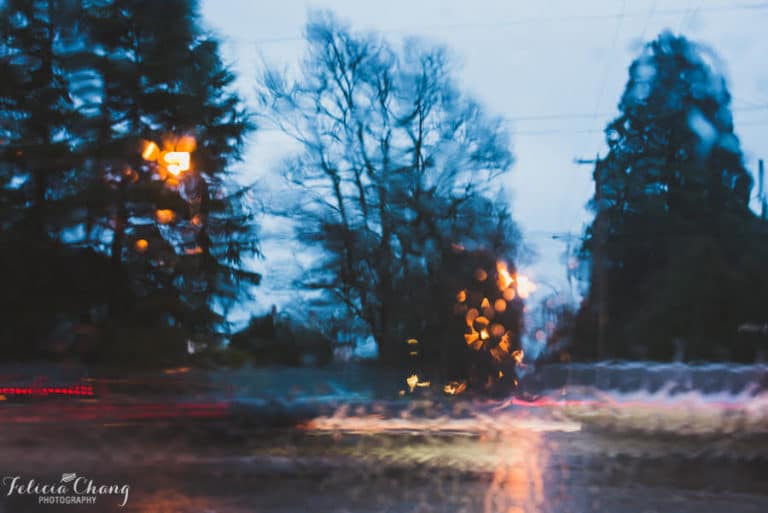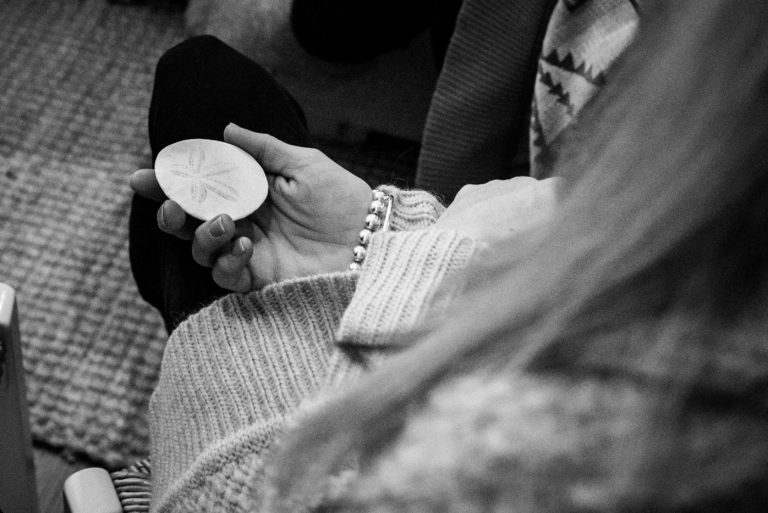Photography & stillbirth


I’ve been photographing births for six years, and during that time I’ve photographed nine stillbirths or infant losses. Pregnancy loss and infant loss are two things I haven’t experienced myself, but I’ve been called to do this work because I believe photography is something that can help families process what’s happened. It’s also a chance for them to have a visual momento of their baby and something to come back to.
When it comes to photo documenting loss like this, there are lots of safeguards in place. I’ve had the privilege of working with organizations like Canuck Place, and they make sure I know what I’m walking into, including who’s in the room, if there are accessibility challenges, and if the family has any requests or wishes for me to honour. I’m in the room anywhere from a few minutes to an hour, and when I’m finished, the organization will do a check in with me before I leave, both to see how the session went and to offer me support. They have an open invitation for us photographers to reach out with questions or concerns. They have those supports in place because they recognize how hard it is for anyone to walk into that room. We’re donating our time to this cause because we believe it’s important and helpful in processing grief. It never gets easier.
When I step into a family’s space of grief, I try to be as neutral as I can. I’m there to document those precious, fleeting moments for them. It can’t be about me, and I know I can better serve them that way. After, I have a series of photographs available for them to have, if and when they’re ready. It’s very individual how people respond to the idea of photographing their baby – it depends on the person, on the timing, on the scenario. Some people want to talk about it right away, some people can’t bring themselves to be in the room. I let them lead – I don’t push or start conversations. The important part with any engagement like this is to listen, first and foremost. Sometimes a person just needs to be heard, simple eye contact without having to respond can help them feel supported.
Ceremony is a hard thing to do because we aren’t in the regular practice of it. Ceremony for me is being aware - stopping and making time for things that matter, especially grief. Like with anything, when you start doing it and making time for it, it becomes part of your natural rhythm. It’s not work - I see ceremony as a daily practice and it can help you move through grief.
Ceremony is a hard thing to do because we aren’t in the regular practice of it. Ceremony for me is being aware - stopping and making time for things that matter, especially grief. Like with anything, when you start doing it and making time for it, it becomes part of your natural rhythm. It’s not work - I see ceremony as a daily practice and it can help you move through grief.
At the hospital level, what’s needed is resources beyond the medical support families are getting. Families, especially women, need someone who can give them options or ideas around how to process their grief. We’re seeing death doulas entering this space, and I’m encouraged by that. It’s also about memory keeping, which is where this project fits in. The memory boxes we’re creating are so important because it’s not just about the days and weeks following the loss, it’s about a year from now, five years from now. This grief never leaves you, and it can blindside you. The hurt and pain gets triggered, over and over. I believe that if families had a list of people they could call, some keepsakes or photographs they could come back to, and a few ceremonies or rituals they could do to honour their grief, it would help them immensely.
It’s not just about an anniversary or birthday, although those are important as well. It’s about everyday grief. It’s about having a plan in place where you can hold that grief and move through it. And it’s about giving those who surround a grieving person some tools, because people don’t always know how to ask for help or what they need. That’s what’s needed, and that’s what we’re trying to create.

About Felicia Chang Photography
For the last six years, North Vancouver’s Felicia Chang has served as a member of a team of professional photographers who volunteer their time to shoot families with a child approaching end of life at Canuck Place Children’s Hospice. Felicia is working to bring a similar team of volunteer professional photographers to Lions Gate Hospital. Her goal is to have free memory-keeping photography become an added component of the memory box program, offering families an opportunity to come back to the photographs if and when they’re ready.
